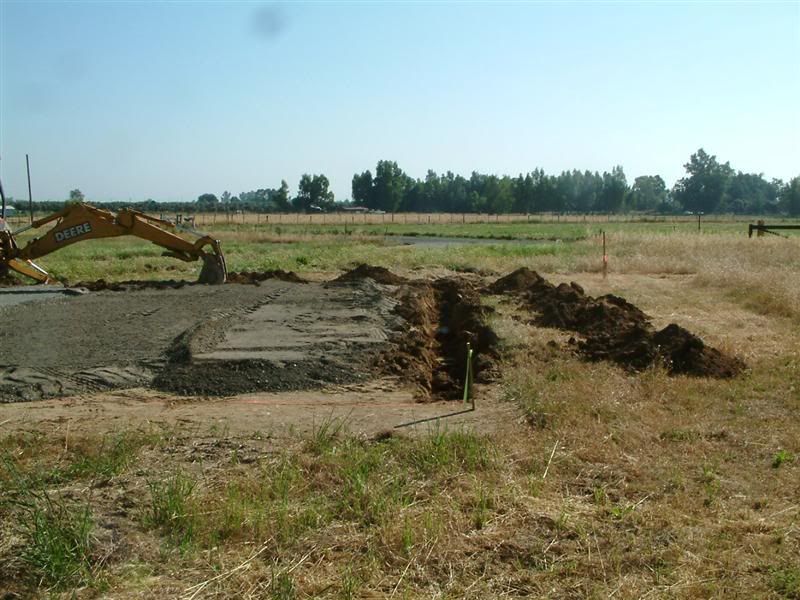EddieWalker
Epic Contributor
Human nature being what it is, you'll find that most people who do not pour concrete at the begining, rarely ever get around to it. Gravel is a terrible floor no matter what you use. The rocks will work there way to the surface and you'll have to deal with them forever. If there are bigger rocks, you WILL twist your ankles on them. If they are small rocks, then there will be movement of them all the time. Once you start using the shop and storing stuff in there, it's just that much harder to getting concrete poured.
No matter what your budget is, pour concrete from the start. If you have to wait another year, then wait. Doing it any other way will just cost you more money over all. If it was me, I'd figure the size of building that you want to build, make sure it's what you really want, and pour the slab. Once it's poured, you can work on building it over time. Frame it and put a roof on one year, do the walls the next year and so on. There have been threads here where members have spent several years working on their barns. It's not a bad way to save some money to get the most you can with the best results possible.
Good luck,
Eddie
No matter what your budget is, pour concrete from the start. If you have to wait another year, then wait. Doing it any other way will just cost you more money over all. If it was me, I'd figure the size of building that you want to build, make sure it's what you really want, and pour the slab. Once it's poured, you can work on building it over time. Frame it and put a roof on one year, do the walls the next year and so on. There have been threads here where members have spent several years working on their barns. It's not a bad way to save some money to get the most you can with the best results possible.
Good luck,
Eddie


